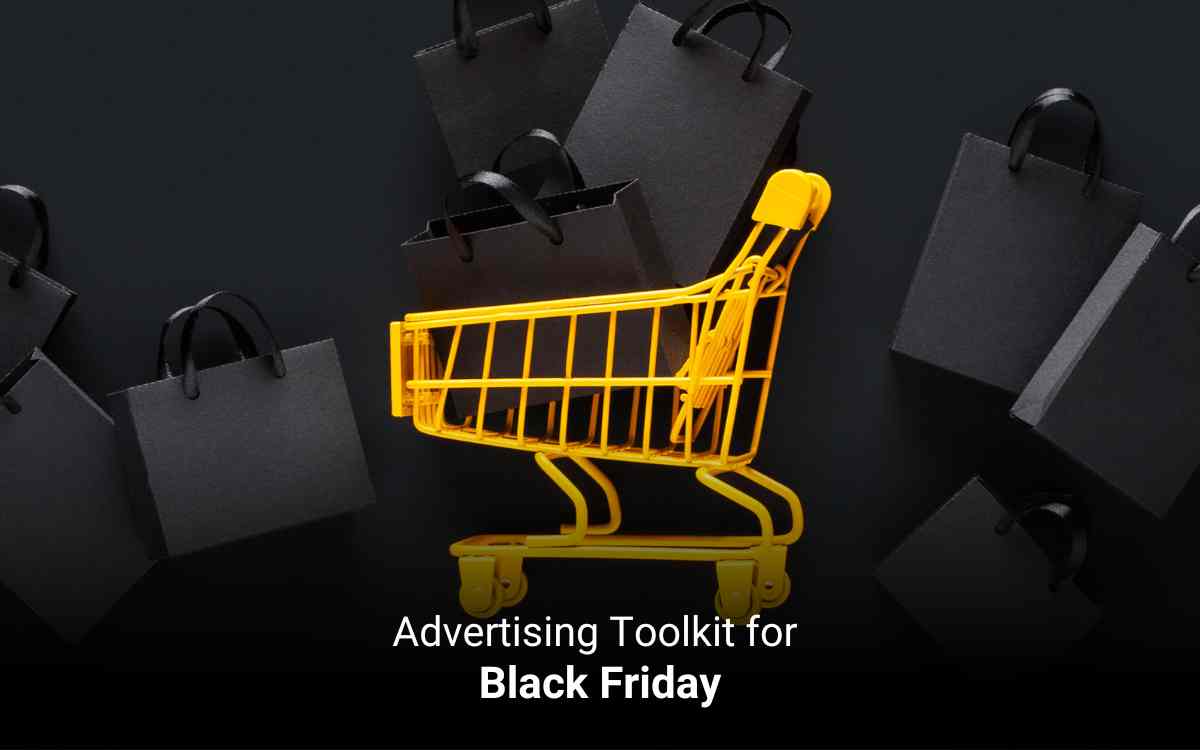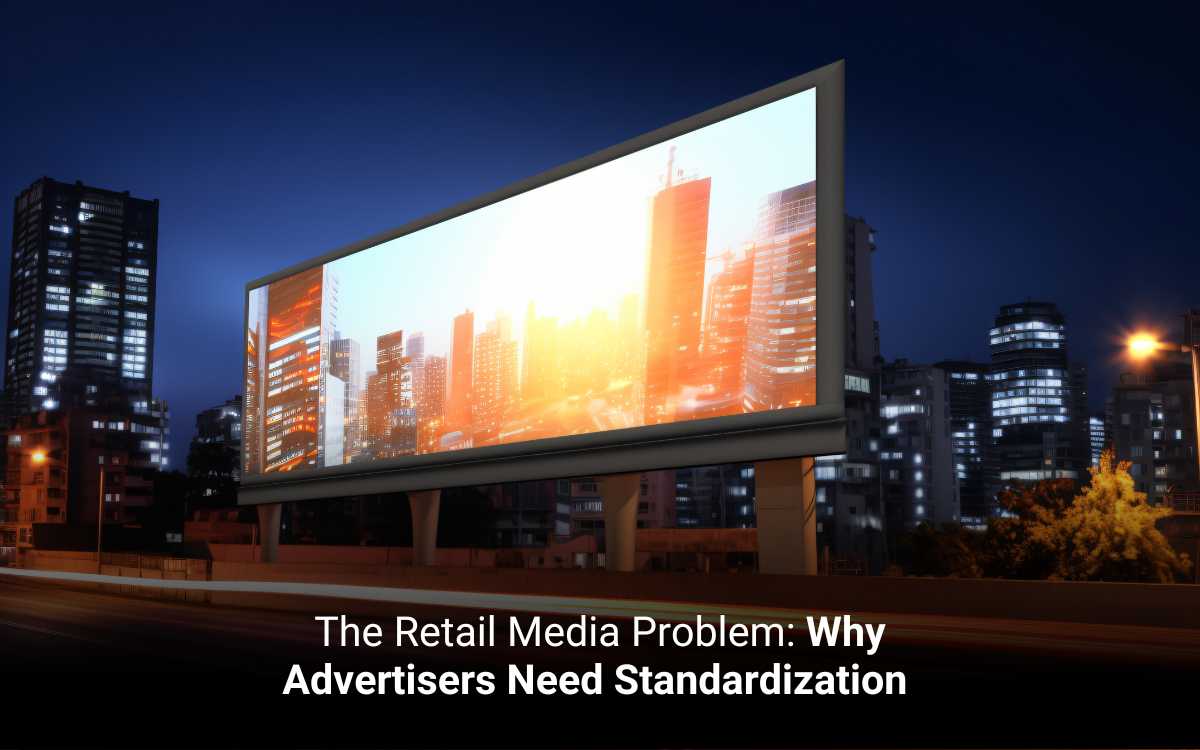It’s 5:00 a.m. on Black Friday, and your customers are scrolling, comparing, clicking, and buying. Your competitors are everywhere, dominating ad placements and pushing personalized offers. Meanwhile, your ads are vying for visibility during one of the most competitive times of the year. And there’s only one thing: whether you’re armed with a well-structured advertising toolkit for Black Friday.
A Black Friday advertising toolkit represents a set of strategies that could enable any brand to plan, execute, and scale its campaign in black Friday. It is the foundation that drives your Black Friday advertising.
This article talks about the advertising toolkit for Black Friday.
What does a Black Friday Advertising Toolkit Include for Marketers?
Here’s what a robust Black Friday toolkit includes:
1. Demand Forecasting Models
Black Friday shopping requires intelligent spending. A strong toolkit provides forecasting models analyzing past performance, competitor trends, and real-time signals.
Example: A cloud software firm uses predictive budget models to identify the peak hours when IT decision-makers are most engaged with ads.
2. Audience Intelligence Frameworks
Precise targeting is the backbone of Black Friday advertising. It includes demographic, intent-based, and behavioral segmentation.
Example: A cybersecurity company creates segments for CIOs looking into ransomware solutions and tailors messaging around urgency (“Immediate Threat Alerts”) ahead of the holiday surge.
3. Multi-Channel Campaign Templates
Ready-made templates streamline execution across search, social, programmatic, and email ads.
Example: A SaaS company deploys pre-approved LinkedIn carousel templates focused on trial discounts exclusive to Black Friday.
4. Creative Playbooks
A toolkit should define creative formats, messaging, and AB-tested creative variations specific for Black Friday.
Example: A CRM platform incorporates short-format explainer videos highlighting “Black Friday onboarding” to reduce the friction of adoption.
5. Real-Time Bidding
Automation is key when markets for advertisements can be volatile. Dynamic bidding, programmatic rules, and AI-driven budget shifts ensure exposure.
Example: A marketing automation platform integrates AI-based bidding to cut spend on under-performing keywords.
6. Competitor Intelligence Dashboards
Included within the Black Friday toolkit are competitor ads, pricing changes, messaging shifts, and media spend monitoring tools.
Example: A fintech vendor monitors competitor-sponsored ads within the payments category and updates copy to emphasize transaction processing.
7. Performance Measurement Models
End-to-end tracking is key to clarity and ROI. Covers cross-channel reporting, attribution, and predictive outcomes.
Example: An e-commerce distributor uses advanced attribution to understand which campaigns on LinkedIn influenced during Black Friday.
8. Post-Event Analytics
Equally important is what happens after Black Friday: funnel analysis, retention strategies, and lessons to be carried forward for future advertising cycles.
Example: A logistics partner evaluates which ads drove the highest-value accounts and leverages the insights to optimize future advertising.
What Tools Drive the Most ROI in Black Friday?
Here are the tools that deliver Black Friday return on investment.
1. Intent Intelligence Platforms
Intent platforms identify who is actively researching, comparing, or ready to make a purchase. Supports firmographic and behavioral segmentation.
Example: A provider of compliance software uses intent signals to target legal and risk teams that are looking for “year-end compliance automation.”
2. Cross-Channel Performance Dashboards
Black Friday campaigns run across multiple channels at the same time. United dashboards consolidate insights into a single decision layer.
Example: An e-commerce supplier tracks LinkedIn, Google, and programmatic performance in one dashboard and reallocates budgets as necessary.
3. Dynamic Landing Page Platforms
Personalized landing experiences improve your conversion rates. Dynamic pages adapt based on industry, role, or campaign source.
Example: A cybersecurity vendor creates special CIO landing pages focused on “Black Friday threat monitoring add-ons”.
4. Develop Workflow Systems
Nurture flows capture long-term pipeline value. Automated sequences ensure timely follow-ups and post-event conversations.
Example: A SaaS collaboration tool puts Black Friday leads into automated onboarding sequences.
Why should Businesses Create a Dedicated Black Friday Ad Toolkit?
A dedicated advertising toolkit empowers teams to operate at their peak when competition is at its highest. Here’s why it matters:
1. To Improve Advertising Optimization
Businesses need automated systems to dynamically bid, reallocate budgets, and test creatives.
Example: A cloud hosting company uses an AI optimization engine that increases spend for keywords of intent when engagement reaches a certain threshold.
2. To Ensure Go-to-Market Across Channels
Black Friday promotional windows are short. Standardized templates and ready-to-deploy assets reduce turnaround time.
Example: A cybersecurity vendor runs a cross-platform campaign using pre-built Black Friday templates for LinkedIn, display, and email ads.
3. Outshine the Competition
A curated toolkit equips the marketer with much-needed insights. Tracking competitor ads, alerts on trends, and real-time performance monitoring enable teams to stay ahead.
Example: A payment gateway provider continually monitors competitor pricing changes and updates ad copy to focus on “lowest transaction fees this Black Friday.”
4. To Create Alignment Across Sales, Marketing, and Product Teams
Black Friday requires synchronized execution across the organization. Toolkits bring shared templates, messaging consistency, and common KPIs.
Example: A CRM vendor aligns sales and marketing around a Black Friday value proposition to ensure ads, outreach, and demos are reinforcing the same narrative.
5. To Capture Year-End Budgets from High-Intent Buyers
Many buyers finalize leftover budgets during the Black Friday period. A dedicated toolkit ensures brands are visible when decision-makers are ready to commit.
Example: An HRTech platform uses targeted ads to reach CHROs who are considering last-minute compliance solutions.
6. To Create Playbooks for Future Peak Seasons
A toolkit becomes a long-term competitive asset. Insights, templates, and processes can be reused at other seasonal spikes. Example: A marketing analytics company repurposes its Black Friday toolkit, with minimal modifications, for Q1 product launches.
Conclusion
Black Friday has become one of the high-velocity advertising environments of the market today. If your organization is ready to elevate its performance and turn seasonal traffic into sustained revenue, now is the moment to act. Build an advertising toolkit tailored to your business and ensure you’re prepared to win Black Friday.



